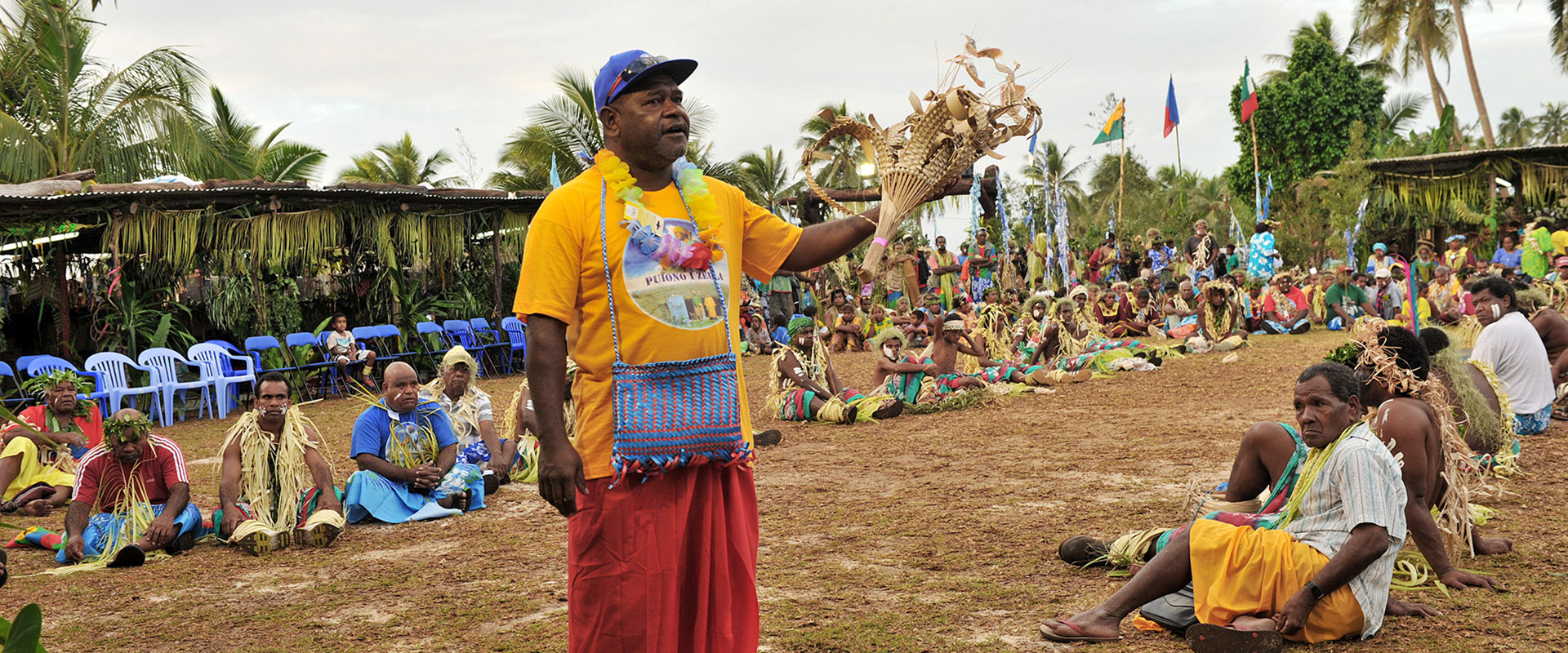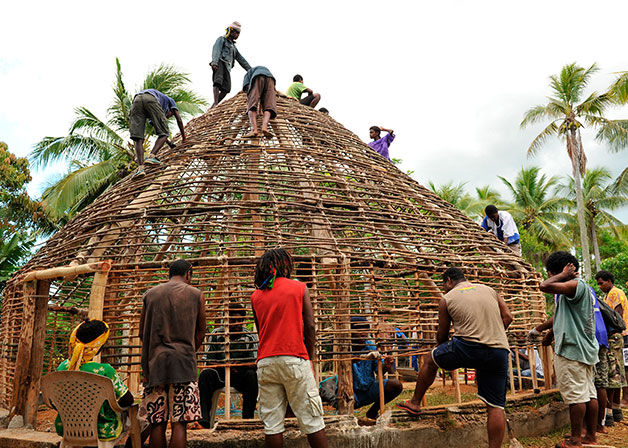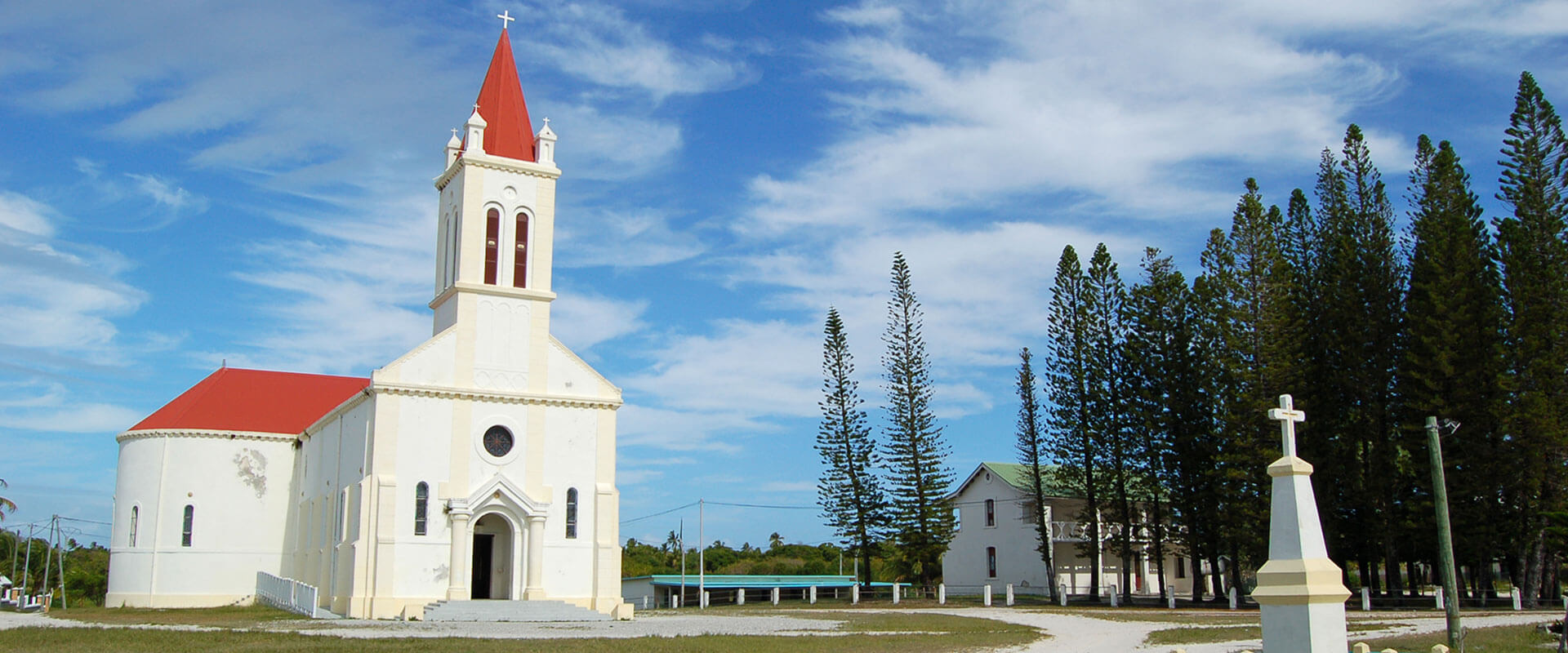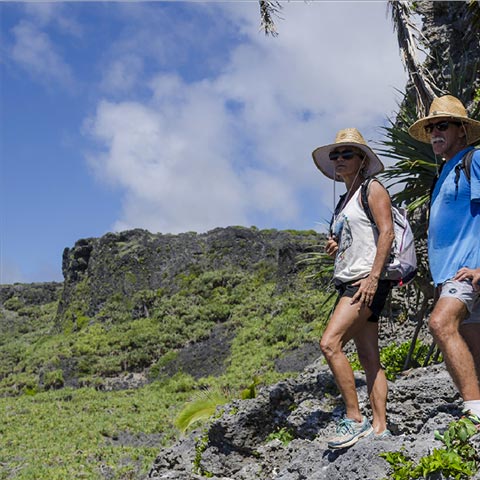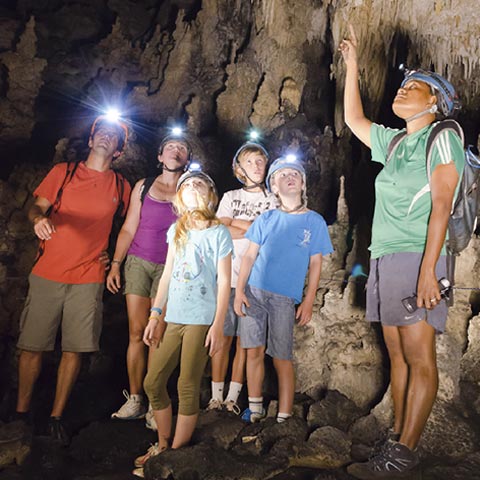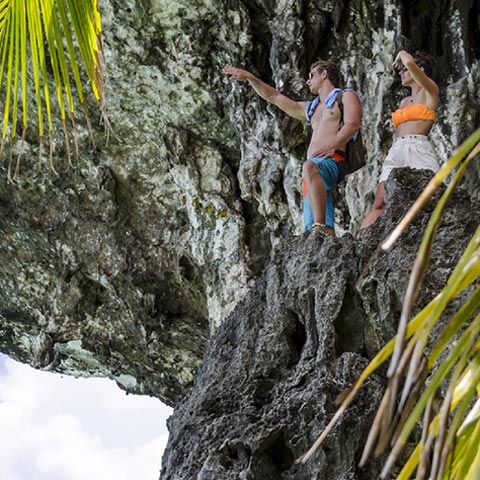CULTURE, the HUB of LIFE
- Homepage
- The Loyalty Islands
- Culture
Custom
Like the centrepost of the Grande Case (Great Hut), custom is the pivot of Kanak culture. Rich in traditions and secular myths, it binds together community life in the tribal villages.
Traditional Kanak custom organisation, which goes back to time immemorial, is still very much alive and continues to govern daily life. Every individual belongs to a clan — an extended family – with its totem, legends, and clan chief. Clans form tribes, which are each placed under the authority of a Lesser Chief (petit chef) who is responsible for “private” custom organisation. The tribes are grouped into districts under the leadership of a High Chief (grand chef), whose authority over his “subjects” ’ daily lives is undisputed. Custom organisation is based on oral tradition and governs all aspects of the Kanak community and private life. Your Kanak hosts will be delighted to share their culture with you and introduce you to its myriad aspects. For tourists, respect for custom is shown by making sure that you do not enter certain taboo places (such as the inner compounds of the chefferies (chieftaincies), and certain beaches, forests and specific places that are not necessarily signposted) without prior permission from the village or clan chiefs. Before visiting sites, or taking photographs, find out what you need to do. It may be a simple verbal request or, in some specific cases, a custom ritual in which words of welcome are spoken after gifts are exchanged.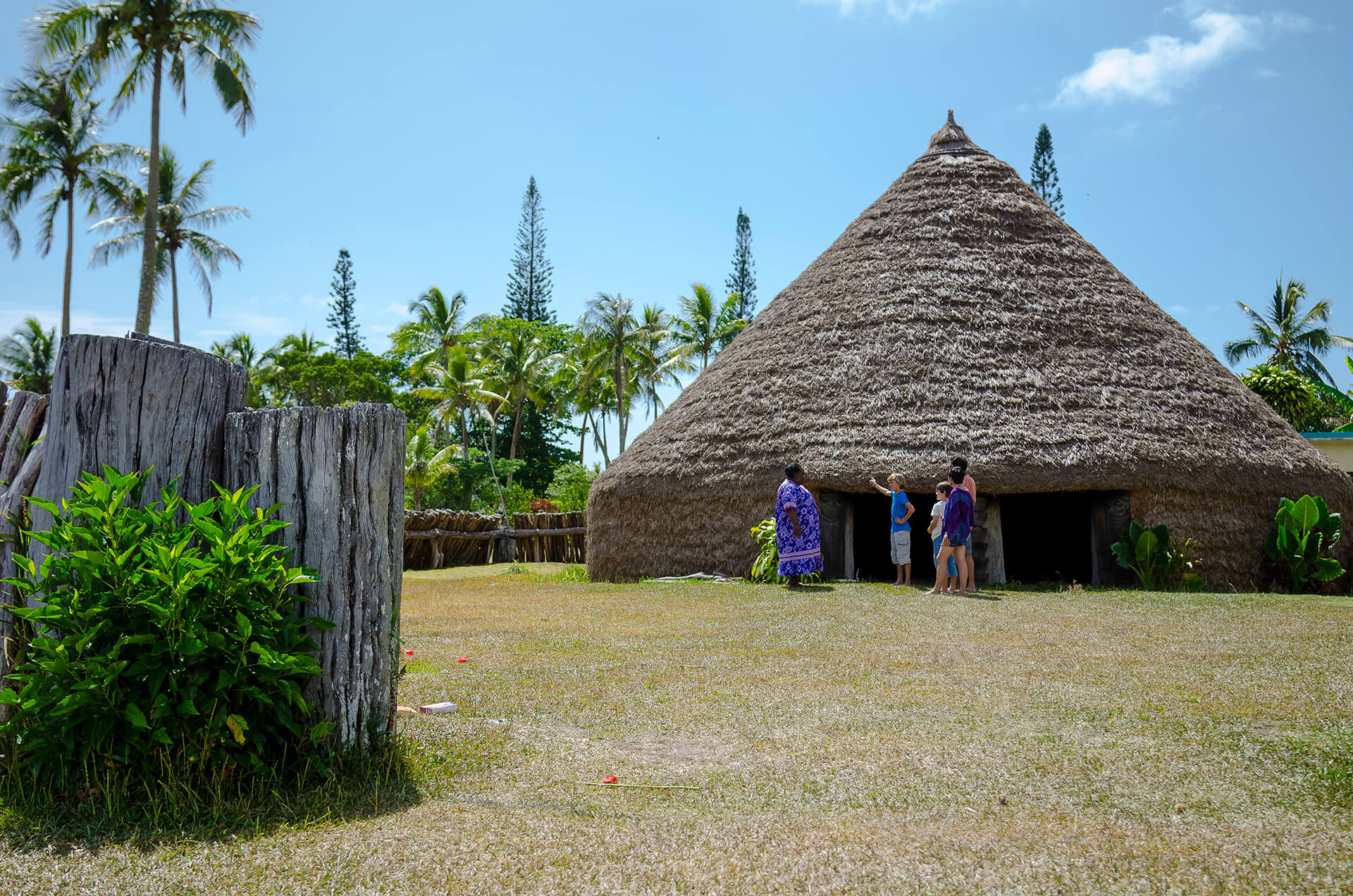
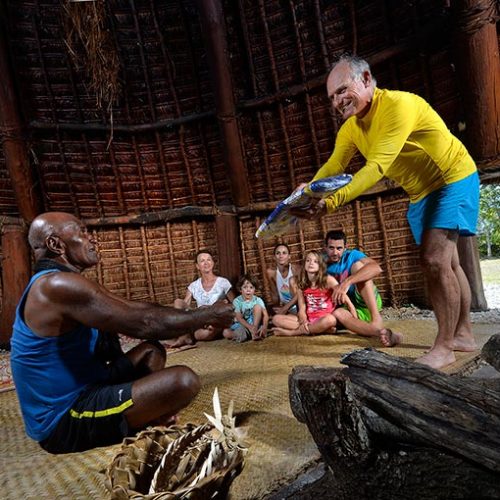
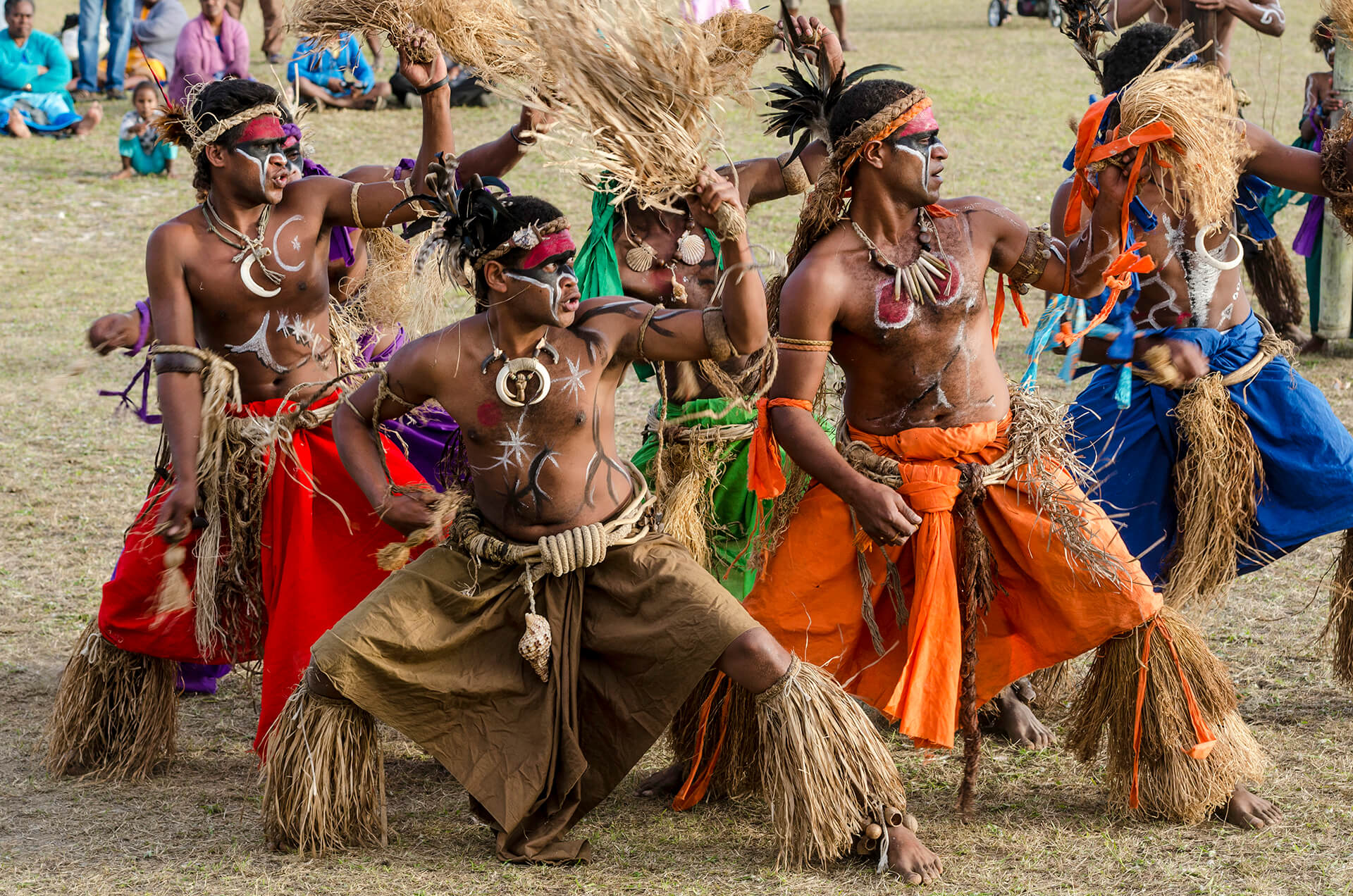

A living culture...
Languages
Four local languages are spoken in the Loyalty Islands. Over the past three centuries, they have absorbed Polynesian, French, English or Pidgin English words and expressions, as many Loyalty Islanders worked in Australia during the blackbirding period when sugar cane plantations trafficked in labour.
Nengone is the language spoken in Tiga and Maré. Drehu, Lifou's language, is also, after French, the language most widely spoken by Kanaks and the most taught in schools in New Caledonia. Ouvéa is the only one of the Loyalty Islands to have two local languages, Iaaï and Faga-uvea. Faga-uvea is a Polynesian language, the legacy of Polynesian migrations that reached these islands in the 17th and 18th centuries.
Tell me more...
The cultural heritage of the Loyalty Islands


